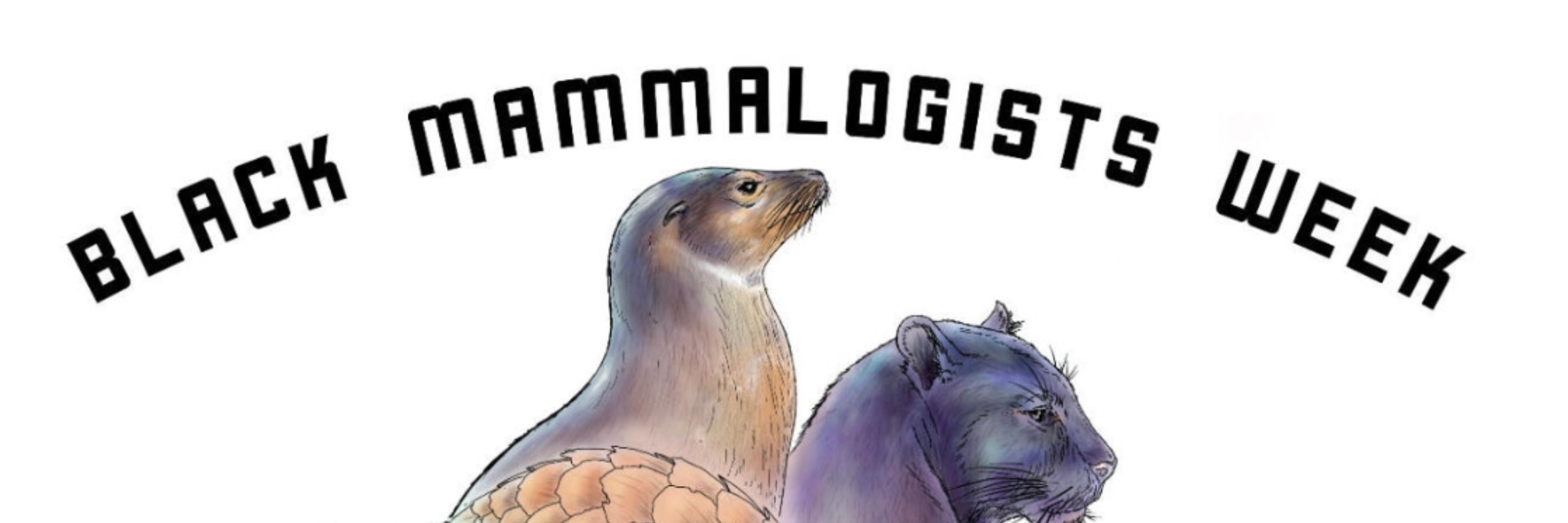
This week: BlackMammalogists Week with @blackmammalogists.bsky.social https://blackmammalogists.com/
However, it’s a challenging journey that may require a separate thread. For more insights, check out this piece: conbio.onlinelibrary.wiley.com/doi/full/10....

However, it’s a challenging journey that may require a separate thread. For more insights, check out this piece: conbio.onlinelibrary.wiley.com/doi/full/10....
Collaborations between rangers and spatial modelers can help correct this bias and create more accurate maps.🗺️
www.sciencedirect.com/science/arti...
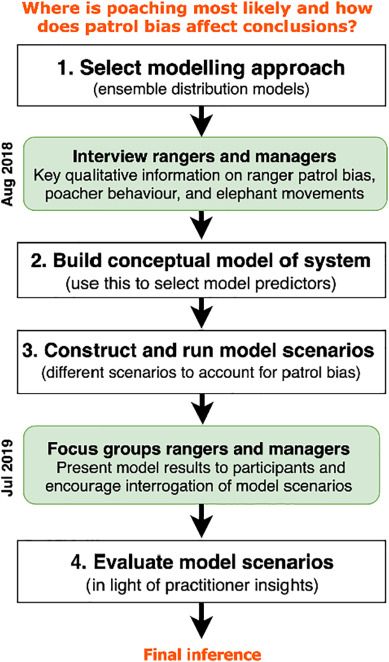
Collaborations between rangers and spatial modelers can help correct this bias and create more accurate maps.🗺️
www.sciencedirect.com/science/arti...
Its encouraging that spatial models built using ranger-collected and remote sensing data can help predict the drivers and distribution of elephant poaching. 🐘📊
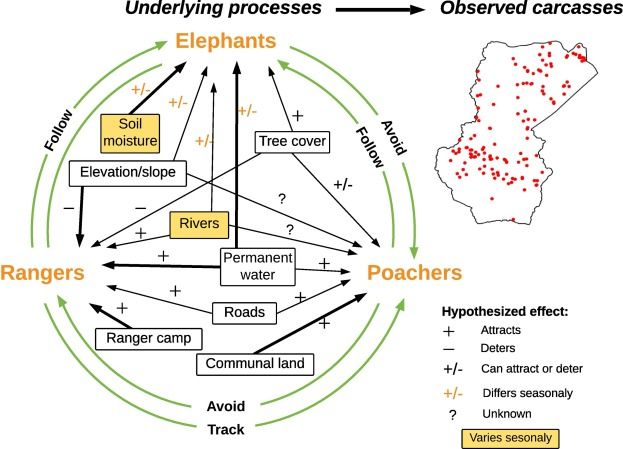
Its encouraging that spatial models built using ranger-collected and remote sensing data can help predict the drivers and distribution of elephant poaching. 🐘📊
Community voices 🗣️ are key to tackling habitat fragmentation! 🌱
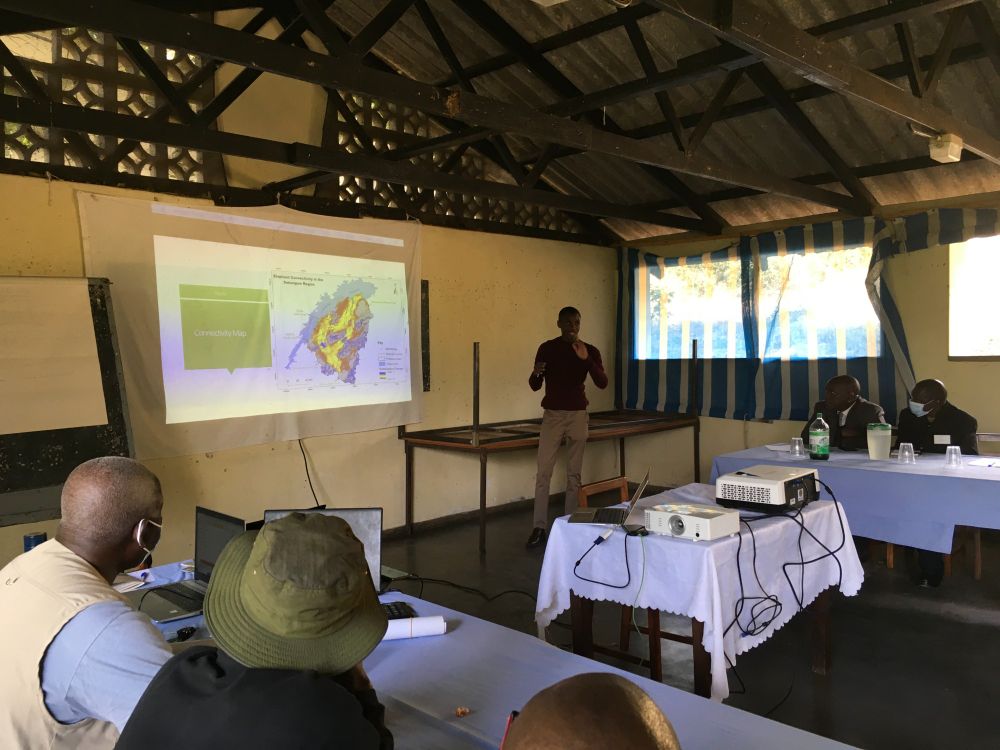
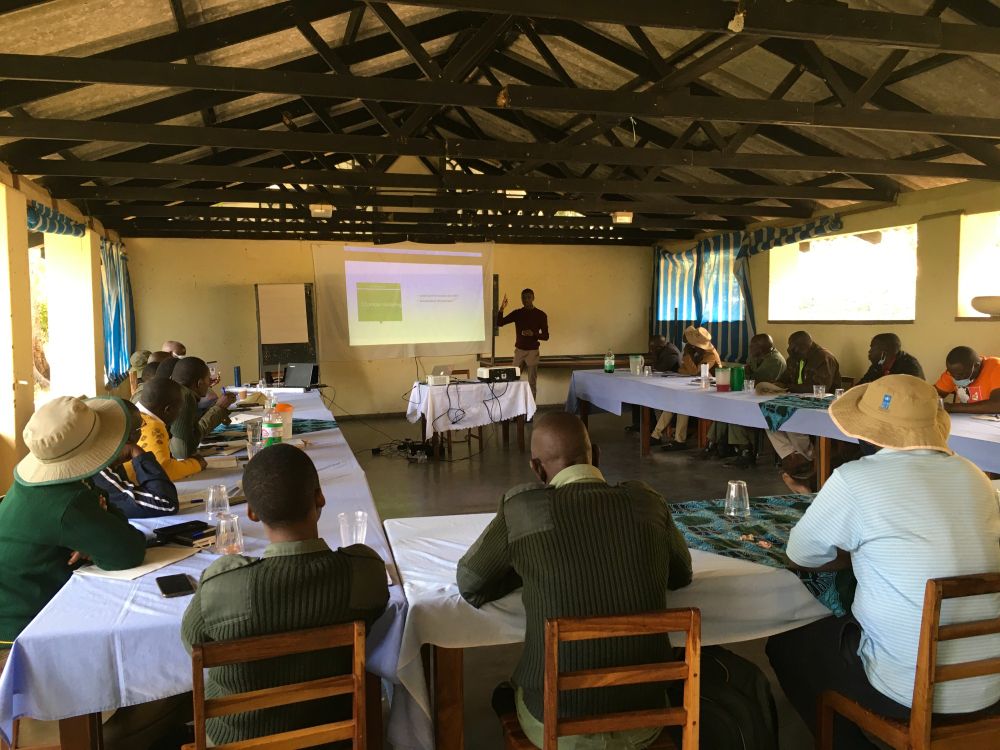
Community voices 🗣️ are key to tackling habitat fragmentation! 🌱

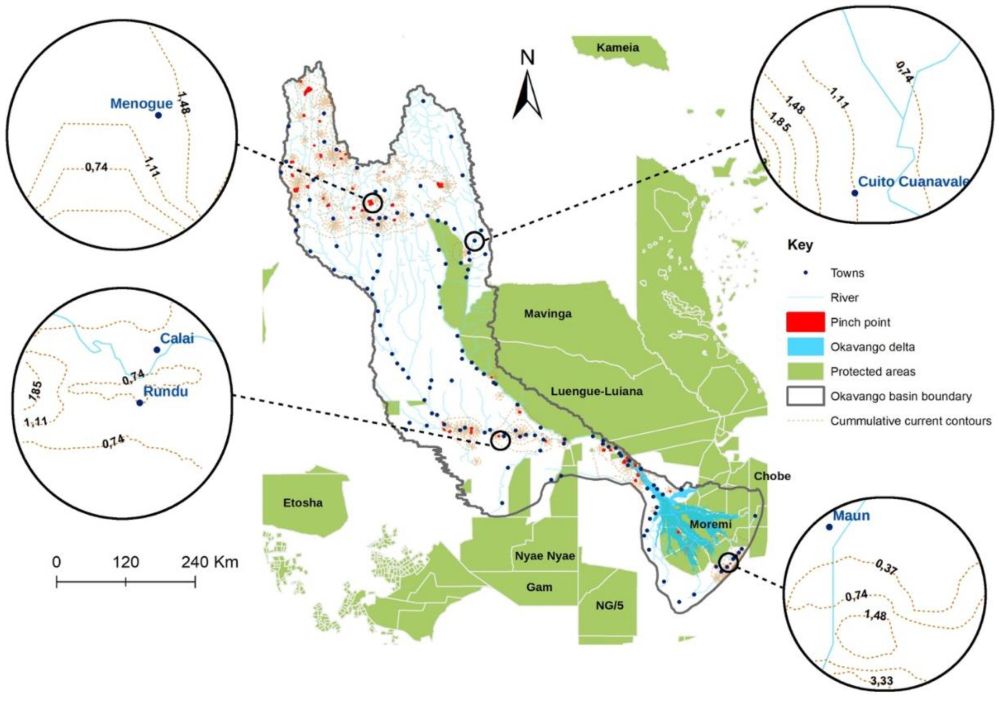
1) Human activities are encroaching on natural landscapes. 📉
www.sciencedirect.com/science/arti...
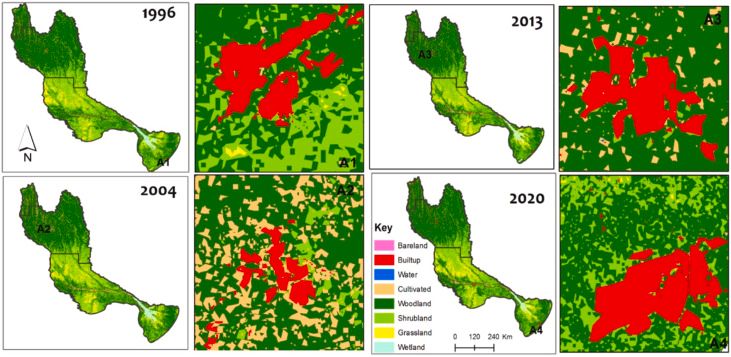
1) Human activities are encroaching on natural landscapes. 📉
www.sciencedirect.com/science/arti...
We used deep learning and circuit theory to assess land use changes in the Okavango Basin, part of KAZA-the largest TFCA and home to the biggest elephant population.🐘
We used deep learning and circuit theory to assess land use changes in the Okavango Basin, part of KAZA-the largest TFCA and home to the biggest elephant population.🐘
1) Human activities are encroaching on natural landscapes. 📉:https://www.sciencedirect.com/science/article/pii/S240584402309970X

1) Human activities are encroaching on natural landscapes. 📉:https://www.sciencedirect.com/science/article/pii/S240584402309970X
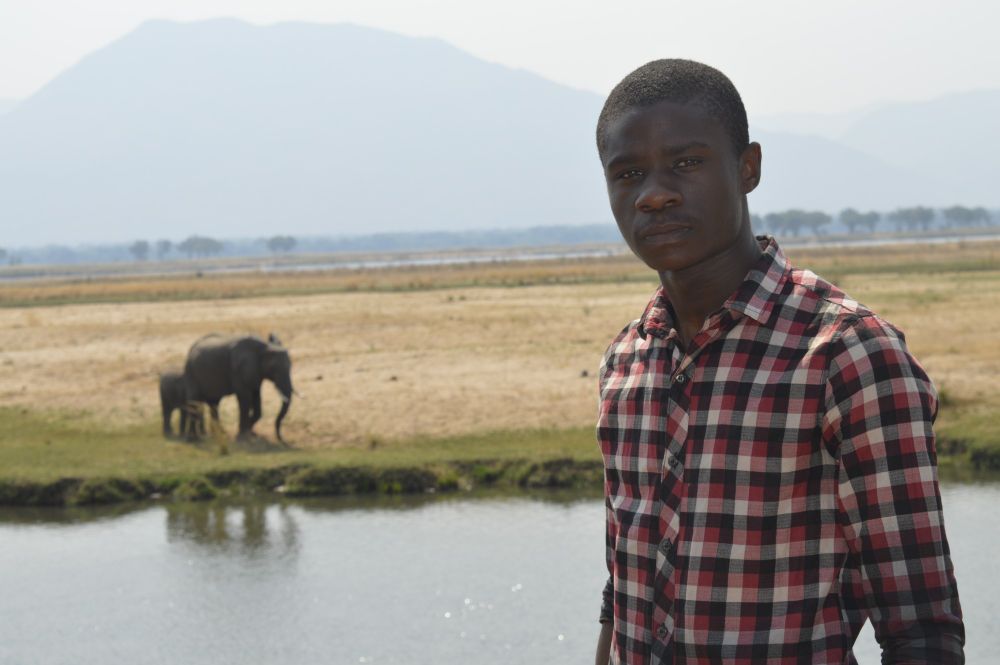
Give me a follow on Twitter @Science_Miathod as I start my PhD. 🫡
Give me a follow on Twitter @Science_Miathod as I start my PhD. 🫡
One Health- human, wildlife, & environmental health are all dependent on one another
Zoonoses- diseases from animals to people
Anthroponoses- diseases from people to animals
Spillover- disease from one sp./popu. to another
One Health- human, wildlife, & environmental health are all dependent on one another
Zoonoses- diseases from animals to people
Anthroponoses- diseases from people to animals
Spillover- disease from one sp./popu. to another
It was definitely a pivot from what I had been working on, but a really interesting opportunity to get into microbiology.
I’ll let y’all know when that paper is ready too.
It was definitely a pivot from what I had been working on, but a really interesting opportunity to get into microbiology.
I’ll let y’all know when that paper is ready too.
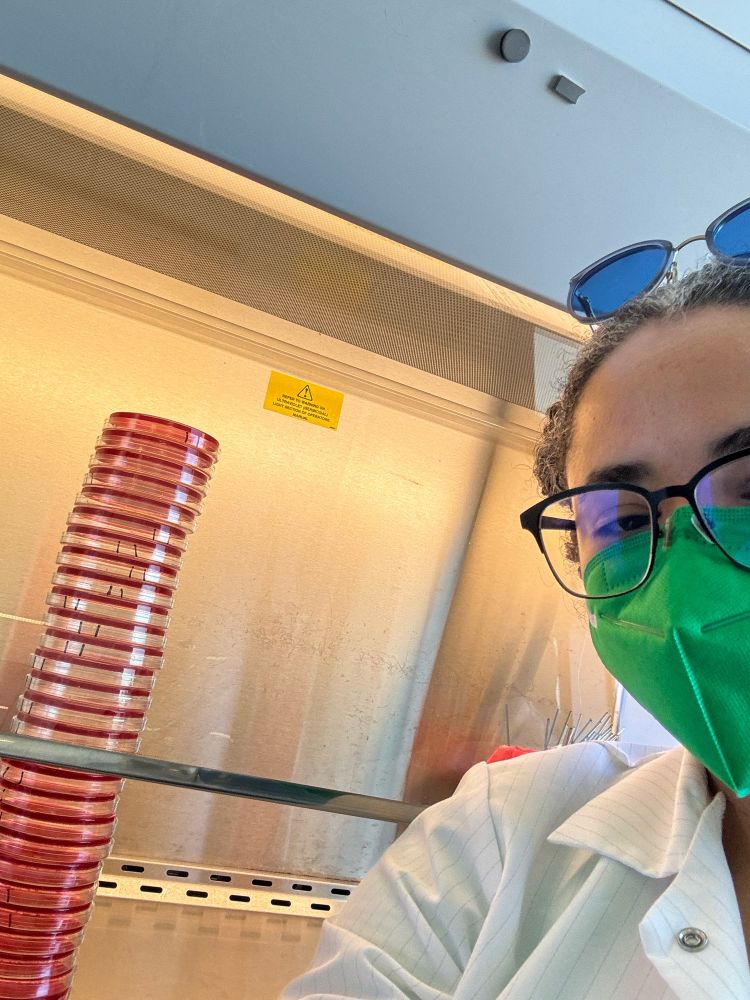
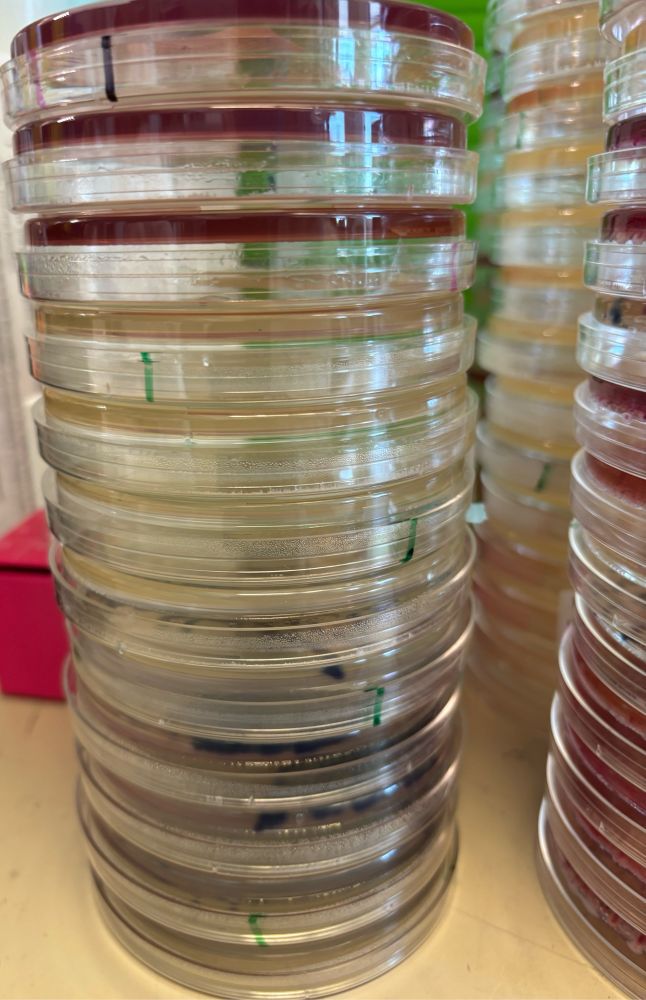

Essentially:
🐗 ➡️💩🦠🌾➡️😷🤢
Essentially:
🐗 ➡️💩🦠🌾➡️😷🤢
www.aphis.usda.gov/sites/defaul...
www.aphis.usda.gov/sites/defaul...
Welcome to the summer of 50-60+ feral swine!
Welcome to the summer of 50-60+ feral swine!
Warning: non-mammals mentioned
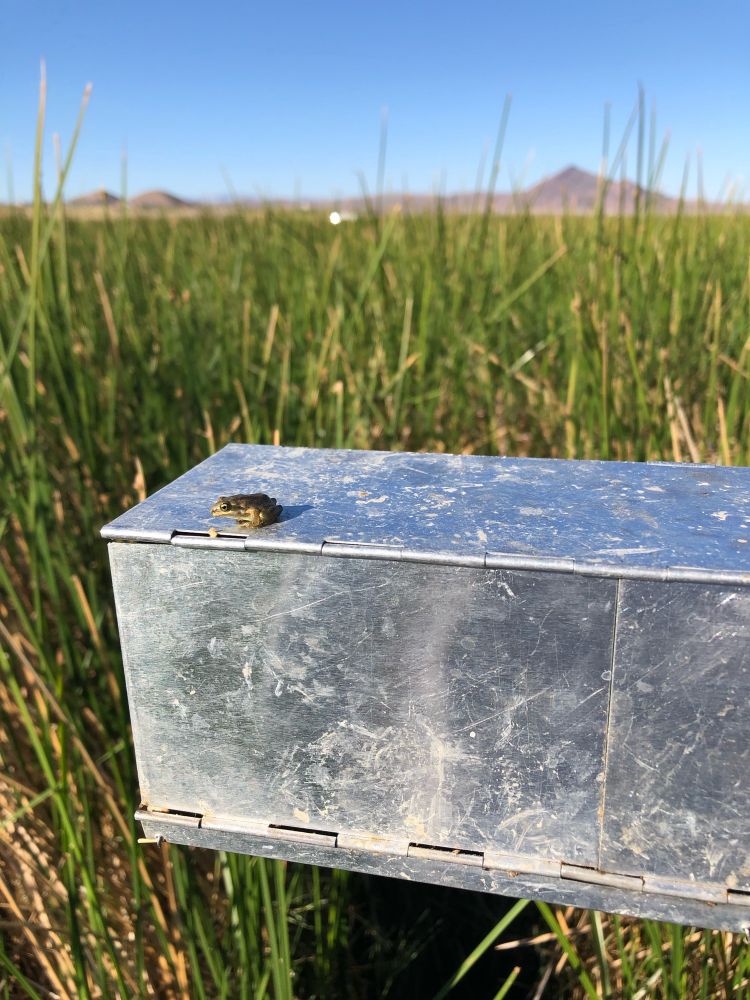
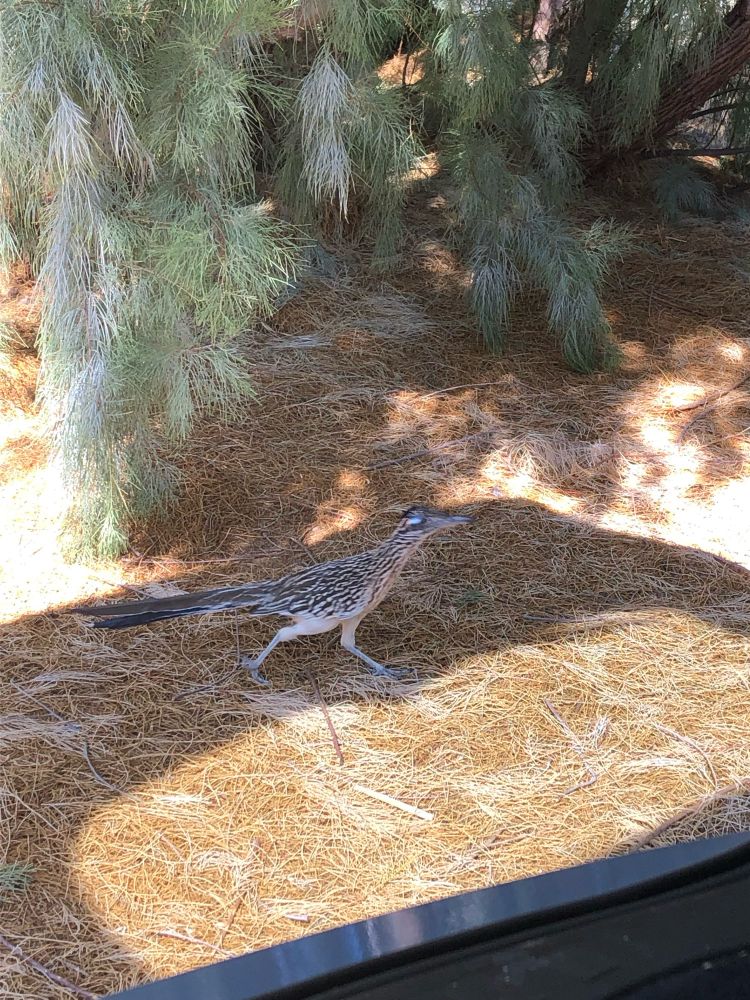

Warning: non-mammals mentioned
Once I publish, I’ll let y’all know the species I found 😉
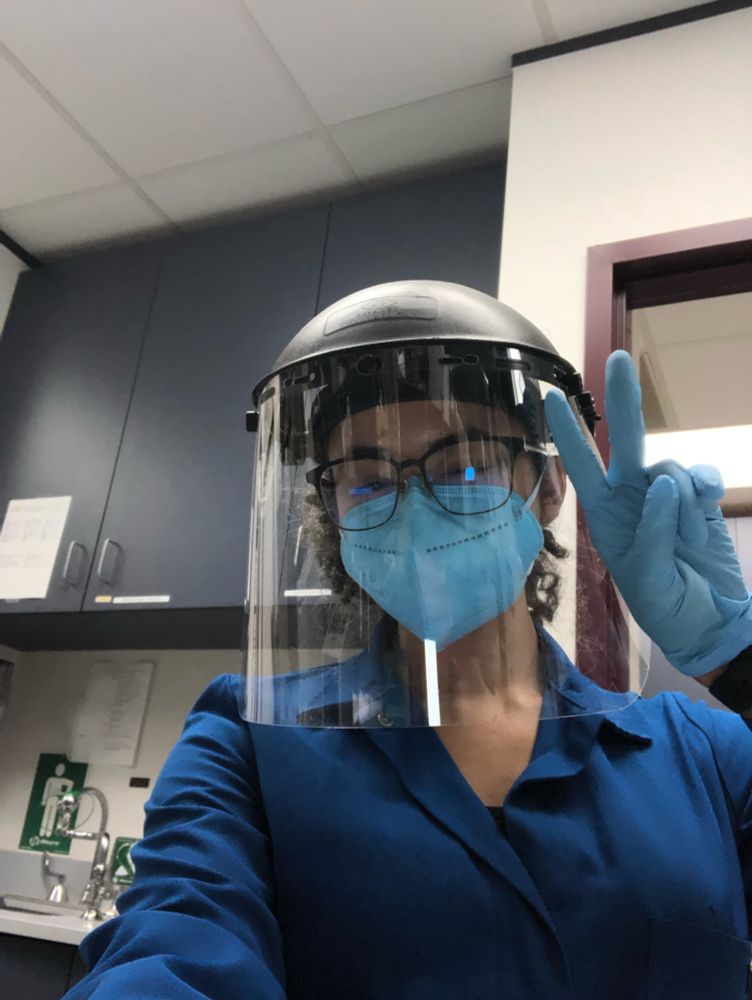
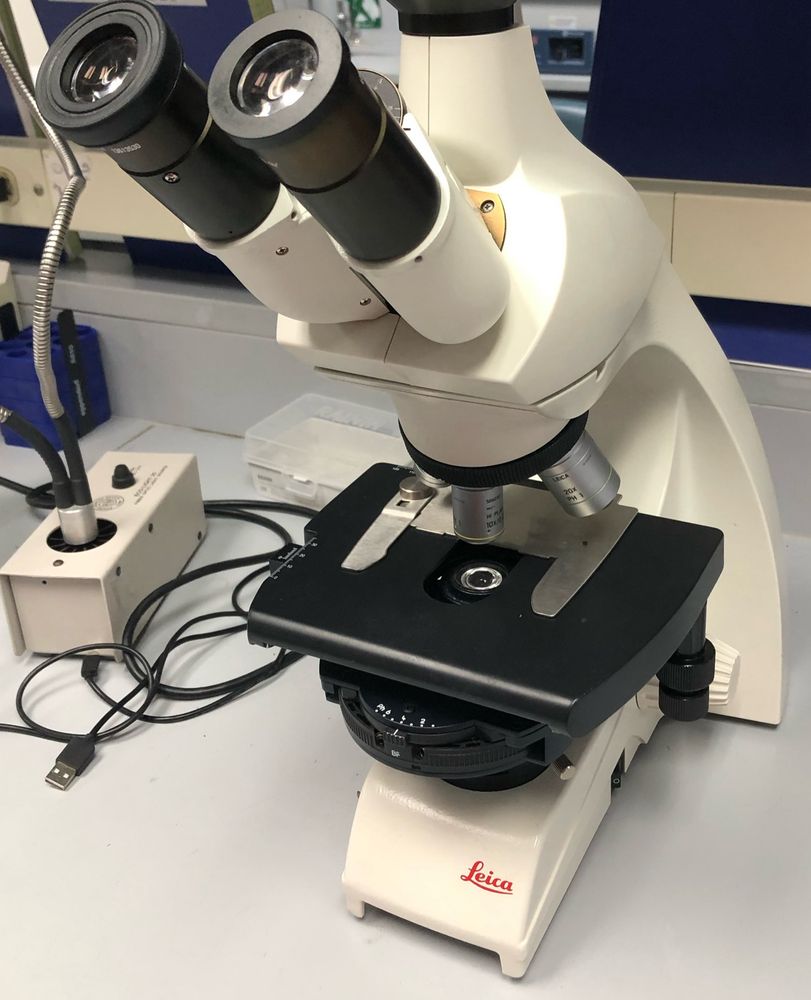
Once I publish, I’ll let y’all know the species I found 😉
That study involved stomach nematodes crawling toward me…nightmare fuel.
That study involved stomach nematodes crawling toward me…nightmare fuel.
More marshes have MUMUs now. dx.doi.org/10.1007/s429...

More marshes have MUMUs now. dx.doi.org/10.1007/s429...
House mice are highly adaptable commensal species, meaning they reproduce rapidly, live in many habitats, and follow human settlements.
House mice are highly adaptable commensal species, meaning they reproduce rapidly, live in many habitats, and follow human settlements.

